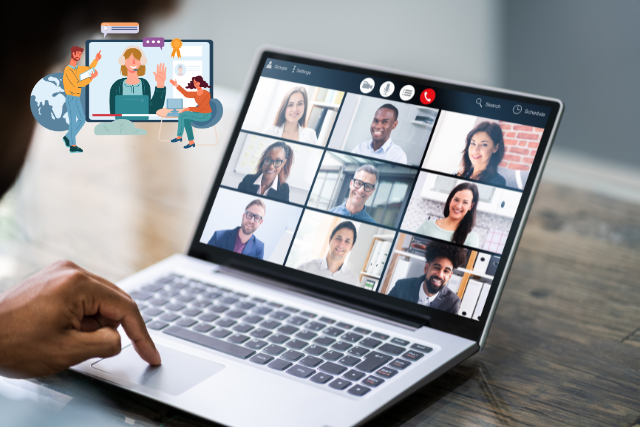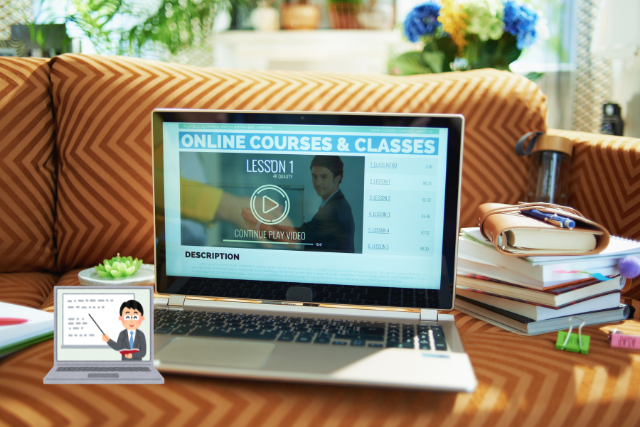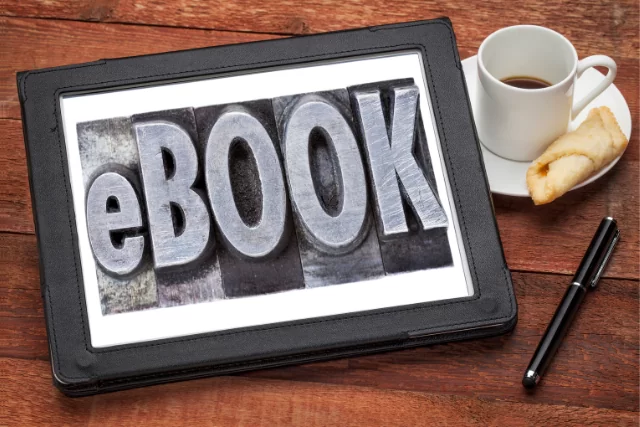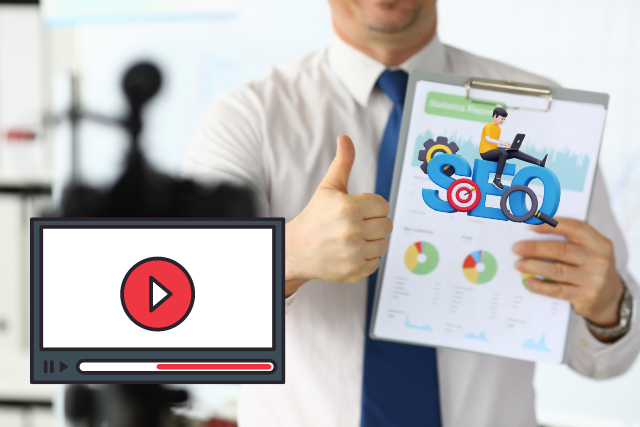You’re on the verge of hosting a webinar, possibly to educate your audience on digital marketing, new technologies, or industry insights. Now comes the critical decision: should you go live, embracing the energy and spontaneity of real-time engagement? Or should you choose the pre-recorded route, ensuring flawless delivery and timing? Both formats have the potential to drive success, but each serves a different purpose depending on your audience, content, and objectives.
In my experience as a webinar coach, there’s no “one-size-fits-all” answer. The decision between live and pre-recorded is nuanced and should be grounded in your strategy, audience engagement goals, and the overall impact you want to make. Let’s explore the key factors that matter and get to the heart of what will truly drive your webinar to success.
What is the Role of Your Webinar Format
At a basic level, webinars are communication tools, but the way they unfold matters. You’re not just transferring information; you’re creating an experience. This experience can either happen in real time or be crafted ahead of time. Here’s how the choice between live and pre-recorded webinars shapes the attendee’s experience:
Live Webinars: Real-Time, Real Results
Live webinars work best when you want instant audience feedback, foster a sense of community, or adapt to the evolving interests of your attendees. You’re not just presenting information; you’re opening up a two-way conversation.
In live sessions, you get to react to the room—even if that room is a virtual space. You can engage with attendees as individuals, address their concerns, and pivot based on their real-time reactions. If your topic lends itself to this dynamic style, live is where you can make a big impact.
Let’s say you’re discussing the latest trends in digital marketing. A live webinar gives you a chance to see which trends resonate most and expand on them in real-time. Imagine a few questions come up about emerging AI tools; you could instantly switch gears and dive deeper into AI, keeping your audience hooked.
Pre-Recorded Webinars: Flawless, Controlled, and Evergreen
On the other hand, pre-recorded webinars shine when your primary objective is content control. You can edit, polish, and fine-tune every second to deliver a crisp and professional presentation. If you want to eliminate the unpredictability of a live event and avoid the risks of a technical glitch, this format may be for you.
Pre-recorded content is ideal if you want your material to be evergreen. If you plan to re-use it or make it available on-demand, it allows viewers to watch at their convenience, meaning you can reach a broader audience over time. This format is particularly effective when explaining complex ideas, such as a step-by-step guide on mastering SEO. You can ensure the clarity and pacing are exactly right.
But here’s the trade-off: you lose the ability to respond in the moment. You’ll miss that spontaneous connection that live interaction brings.
Key Factors to Consider
When coaching clients, I always ask them a few simple questions that help clarify their decision. Your choice between live or pre-recorded webinars should hinge on a few key considerations:
- Do you need real-time interaction?
If engaging with your audience through live Q&A, polls, or instant feedback is central to your success, a live format is a clear winner. Real-time interaction can help you build rapport with your audience and increase their investment in the material. - How important is perfection?
If you can’t afford the risk of mistakes—whether technical or personal—opt for a pre-recorded session. You’ll have the freedom to edit, rehearse, and perfect every aspect of the presentation. - What’s the lifecycle of the content?
Will this webinar be a one-time event, or do you want it to have a longer shelf life? If you aim for evergreen content that can be shared and rewatched over time, a pre-recorded option might make more sense. - What’s your comfort zone?
Not everyone enjoys the pressure of a live audience. If you feel more comfortable with a scripted, polished presentation, you’ll likely perform better with a pre-recorded format. But if you thrive in a dynamic, unpredictable environment, the adrenaline of a live event might elevate your performance.
Pro Tip: Combine Both Formats
This is where many webinar hosts go wrong—they assume they have to choose one or the other. However, some of the most successful webinars blend both formats. You can offer a pre-recorded presentation to deliver your content seamlessly, then follow it up with a live Q&A to foster engagement.
Think of it as setting the stage with a pre-recorded performance and then stepping out for a live encore, where you connect with your audience on a more personal level. This hybrid model offers the best of both worlds: a flawless core presentation followed by the opportunity for spontaneous interaction.
Why Live Webinars Can Build Deeper Engagement
Let’s get real: live webinars build relationships. If you’re in the business of creating a loyal audience, they can be your secret weapon. In live formats, people see you as more than a speaker—they see you as a person.
The magic of a live webinar is in its authenticity. When you’re live, attendees know you’re giving them something unique, unscripted, and specific to them. You can address them by name, respond to their questions immediately, and even adjust your material on the fly if you sense interest in a particular area. This level of adaptability can’t happen with a pre-recorded session.
But live webinars aren’t just about immediacy—they’re about building community. Think of how valuable it is for participants to connect with others who are interested in the same topic. Features like chat boxes, breakout rooms, and interactive polls make attendees feel like they’re part of something bigger. That sense of inclusion increases both engagement and retention.
The Downsides of Live Webinars
I’m not going to sugarcoat it—live webinars can be a challenge. Technical glitches are the bane of every live presenter. You have to prepare for the unexpected, from shaky internet connections to software malfunctions. And if you’re not used to thinking on your feet, you might find live presentations stressful.
Moreover, scheduling is a nightmare if your audience is global. You might find yourself losing attendees because the time doesn’t suit everyone.
Why Pre-Recorded Webinars Work When Control is Key
For those of you who want to control every detail—down to the last transition slide—pre-recorded webinars are ideal. Here’s why they’re effective:
- Perfection and Professionalism: You get to present a flawless performance every time. Whether it’s adding high-quality graphics and animations or just ensuring your delivery is on point, pre-recording gives you the opportunity to make everything look and sound professional.
- On-Demand Flexibility: A pre-recorded webinar can live forever. You can make it available to watch on-demand, allowing you to capture leads over time. This is particularly useful for lead generation or nurturing campaigns, as people can access your content at their convenience.
- Stress-Free Execution: Without the fear of a live performance, you can focus on creating high-quality content that educates and inspires. You also don’t have to worry about time zones or clashing schedules, as the audience can choose to watch when it suits them.
But… You Lose the Human Connection
Of course, what you gain in quality control, you lose in spontaneity. Pre-recorded webinars don’t offer that same personal touch—they can feel a little scripted and even distant. You also miss the opportunity to adapt to your audience’s needs in real-time, which could make your content feel static and less engaging.
When to Blend the Two: A Hybrid Approach
Here’s my golden tip for hosts who want to maximize engagement: consider blending both live and pre-recorded elements. Start with a pre-recorded session to ensure a seamless presentation. Then, transition to a live Q&A session where your audience can interact with you directly. This approach offers the polish of pre-recorded content with the dynamic engagement of live interaction.
This hybrid model also helps ease the pressure of hosting a completely live webinar while still offering real-time value to your audience.
Final Decision: Which Format Fits Your Webinar?
When you’re deciding between live or pre-recorded, don’t just follow trends or assume one is better than the other. Instead, consider the purpose of your webinar, your comfort level, and what your audience needs. If you’re seeking engagement and connection, go live. If you want polish and flexibility, pre-record is the way to go.
Ultimately, your goal should be to create a valuable experience for your attendees—whether that’s through dynamic, live interaction or a carefully crafted pre-recorded session.
FAQs
1. Can I interact with my audience in a pre-recorded webinar?
Yes! You can incorporate live chat or host a follow-up Q&A session. Pre-recorded doesn’t mean completely hands-off.
2. How do I prevent technical issues during live webinars?
The key is preparation. Test your setup thoroughly, have a backup plan, and always use a reliable platform.
3. Are live webinars better for sales?
Live webinars can help build a real-time rapport and handle objections immediately, which is a strong advantage in sales-focused sessions.
4. How long should my webinar be?
The sweet spot is typically 45-60 minutes for most webinars, ensuring you keep attention while delivering value.
5. Can I reuse pre-recorded webinars?
Absolutely. Pre-recorded webinars are great for evergreen content, allowing you to repurpose them for on-demand viewing.
6. What if my audience is global?
A pre-recorded webinar works best for global audiences, as they can access it anytime, removing the issue of time zone conflicts.







